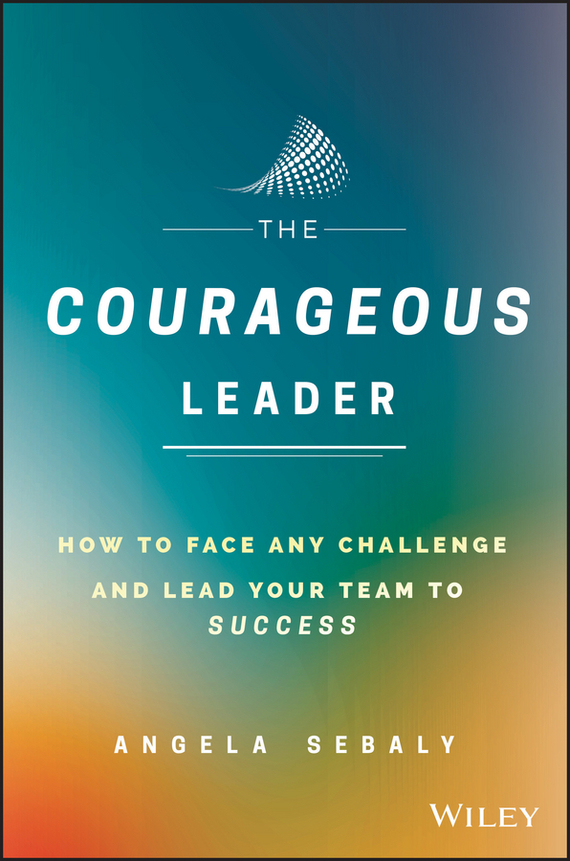sensed danger before my sleepy head could acknowledge it. And that’s exactly what happened.
We Feel (We Experience Fear, Discomfort, or Pain)
There is a part of our brain that knows instinctively when danger is imminent. It is called the amygdala. According to the Institute for Health and Human Performance, the amygdala’s job is to perceive and respond to threats. It answers the primal question of “Do I eat it or does it eat me?”9 The amygdala responds to a threat in milliseconds, before the part of our brain that processes information for reasoning, the neocortex, can respond. This explains why, if you’ve ever been in a near death situation, you likely found yourself responding before you really understood the rationale behind your response. Your fight, flight, or freeze response took over so that it could be driving your brain rather than the part of your brain that needs to intellectually process information.10
Consider the options if my neocortex had engaged in a series of questions to assess my options while confronted with the bus:
Option 1 – leave the bag on the curb and run across the street to beat the bus.
Option 2 – take your bag with you back to the curb.
Option 3…by this time, I’m dead.
The amygdala helps ensure our safety by providing us an immediate reaction that shows up as fear, discomfort, or pain. This is how we know that there is a threat. These emotions are our early warning signs shouting, “Warning! Warning! You are entering dangerous territory!” Now, the problem is that not everything the amygdala perceives as a threat is real. At the airport walkway, the amygdala saved me from being hit by a bus, but in the conference room during a meeting (even though it feels like we are getting run over), the threat in the room is likely a differing opinion, not a bus. For many of us, our body will respond to the fear, discomfort, or pain in the meeting room as if it were warning us of a real physical threat. And we’ll move to fight, flee, or freeze, regardless.11
We Think (We Process It Intellectually)
Once we feel pain, we move to engaging our neocortex, which then has time to think about what just happened. This part of the process is completely objective. Our brains are processing information about what occurred. In my scenario, once safe, I could acknowledge that I stepped out in front of a bus and stepped back with my bag before it could hit me. I then acknowledged that I was tired and not paying attention to where I was going as the probable cause of why I ended up in the situation. Back in the meeting room where we feel run over by a bus – our colleague who represents a threat – we can now intellectualize what has just occurred. This is when we collect data based on what we can see or hear.12 Likely we might collect data that looks something like this:
• I asked for support from Robby before the meeting, and he agreed to go into this meeting aligned.
Конец ознакомительного фрагмента.
Текст предоставлен ООО «ЛитРес».
Прочитайте эту книгу целиком, купив полную легальную версию на ЛитРес.
Безопасно оплатить книгу можно банковской картой Visa, MasterCard, Maestro, со счета мобильного телефона, с платежного терминала, в салоне МТС или Связной, через PayPal, WebMoney, Яндекс.Деньги, QIWI Кошелек, бонусными картами или другим удобным Вам способом.
